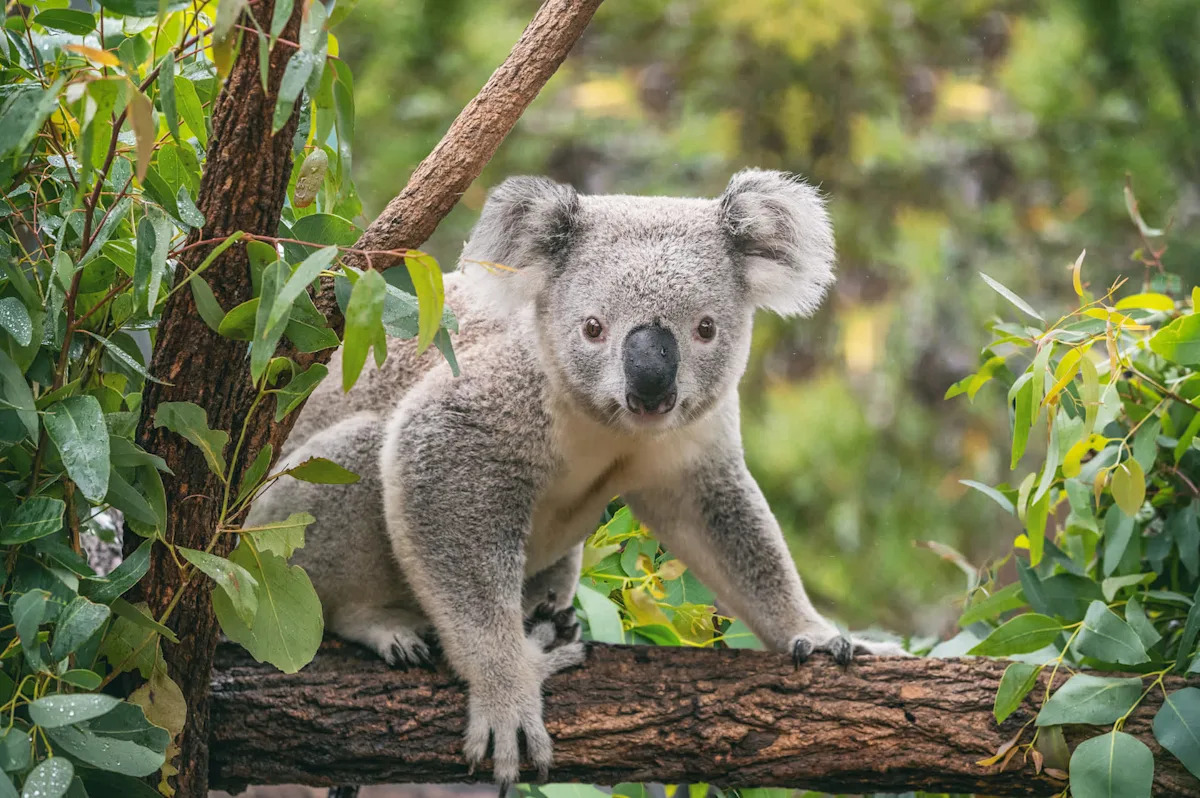A shocking video of a koala latching onto a young boy happened during a family hike in Australia. Viewers engaged with intense concern for the child and the lack of safety. The clip also showcases the misunderstood nature of animals and their shrinking habitats.
The Instagram account touronsofnationalparks (@touronsofnationalparks) captured the moment a koala lunged at the boy. Usually a docile creature, this koala clamped onto the child and would not let go. Some family members froze at the sight, but one relative pulled the animal away, saving the boy.
Koalas, while often called “bears,” are actually marsupials. They live in eastern Australia’s eucalyptus forests. Koalas have clawed feet, feed on a consistent diet of eucalyptus leaves, and can sleep up to 18 hours a day.
The account points out another overlooked fact: Koalas are wild animals. They can react and be defensive, especially when feeling threatened or stressed.
The increasing overlap between human activity and wildlife territories here is precarious. Certain laws protect koalas, but their habitat is under threat. According to the Instagram post, “80% of koala habitat [is] lost to human homes, drought and brushfires.”
Continued loss forces koalas into closer contact with humans for food, water, or new homes. Smaller boundaries can lead to dangerous human-wildlife interactions.
Close encounters are not only risky for humans, as seen in this attack, but also for the wildlife involved. Animals that injure humans, provoked or unprovoked, may face relocation or euthanasia.
Tragic outcomes are preventable. To ensure public safety, people must maintain respectful distances from wild animals. At the same time, it protects their natural spaces and avoids these incidents.
Preserving these habitats promotes greater biodiversity and thriving natural ecosystems. Environmental protections benefit both wildlife and human communities by limiting dangerous encounters.
The koala attack reminds us to admire wildlife from a safe distance and that wild animals are still wild.
The video generated strong reactions, most of which questioned the family.
“Why did everyone just stand there?” a puzzled user wrote.
“I think there needs to be a course that you have to pass to… become a tourist,” another said, referring to human-wildlife safety.
“And somehow it’ll be the koala’s fault,” a third commented about environmental consequences.
Join our free newsletter for good news and useful tips, and don’t miss this cool list of easy ways to help yourself while helping the planet.

